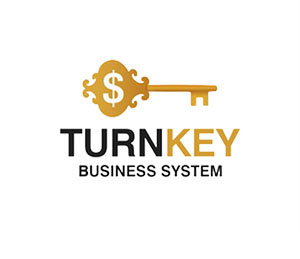Forex Signals for US Traders: Free vs Paid Services Reviewed

Forex Signals for US Traders: Free vs Paid Services Reviewed
For US-based forex traders, choosing between free and paid signal services in 2025 comes down to accuracy, accountability, and value.
Here’s which option suits which type of trader—and how to evaluate performance data effectively.
Here’s which option suits which type of trader—and how to evaluate performance data effectively.
US traders face an explosion of signal services—from Instagram gurus broadcasting “free VIP signals” to fully fledged subscription platforms charging $30–$150/month. While free signals appeal to beginners, paid services promise transparency and support—if you know what to look for.

Forex Signals for US Traders: Free vs Paid Services Reviewed
Free Forex Signals – Where They Shine and Fall Short
Free signal services attract traders with zero cost—but come with significant caveats. Many free providers deliver delayed, inconsistent signals or screen data to funnel users into paid tiers.Key strengths and limitations include:
Cost-free introduction to currency trading
Opportunity to practice market timing without monetary exposure
Unverified track records and opaque performance
Delays in delivery
Hidden agendas via affiliate brokerage incentives
Paid Signal Services — What You Pay For
Paid providers typically offer curated signals backed by professional analysts or AI systems.Here’s what many US traders benefit from:
Detailed trade setup with charting, stop-loss, and target guidance
Performance shown via verified records or third-party audit
Community access, educational materials, and customer support
Risk management guidance and strategy transparency
Structured delivery (Telegram, SMS, email)
But beware:
✖️ High cost ($30–200/month) may require significant pip profits to break even
✖️ Some paid services still exaggerate claims or hide losses
✖️ Over-reliance can stunt your own analytical growth
Choosing the Right Option for Your Trading Stage
Use this decision logic to evaluate signal services:Verify performance: Request full trade history, not cherry‑picked wins.
Test free tier first: Many paid providers offer demo access—use it to compare real-time latency and accuracy against free options.
Calculate value: For instance, a $59/month service needs consistent pips to offset cost—check ROI critically.
Assess extras: Does the provider teach risk control? Do they explain reasoning, not just deliver signals?
Consider hybrid use: Combine free scalping signals for low-risk positions and paid signals for more structured trades.
Real Trader Sentiment
“Most of ‘em are just dudes guessing… if someone really had the secret sauce, why sell it?” — subreddit skepticism about paid providers
“Signal providers usually falsely advertise high win‑rate… losses bigger than wins.” — warning on hidden risk reward ratios
“I trust SilverBulls FX—they post real losses, no weird pressure to upgrade, just clean setups.” — example of decent free/VIP hybrid offering
Final Thoughts & Recommendations
Beginner traders: use free signals to learn but never commit real capital without verification.Intermediate traders with small accounts: consider low‑cost paid services with verified records and risk guidance.
Serious traders: Paid signal platforms may add consistency—but always blend with your own analysis.
No signal provider—free or paid—is a guaranteed profit source. Your edge comes from disciplined risk management, record‑keeping, and strategic execution.
What's Next?
Try paper trading with both types of signals for at least three months.
Use SignalVision-style tracking to compare ROI across providers.
Attend webinars or demand performance audits before subscribing.
If combining free and paid, allocate capital according to signal reliability and drawdown tolerance.
Explore verified providers and the best practices for choosing reliable forex signal services at fx24news.com.
By Miles Harrington
July 24, 2025









Report
My comments